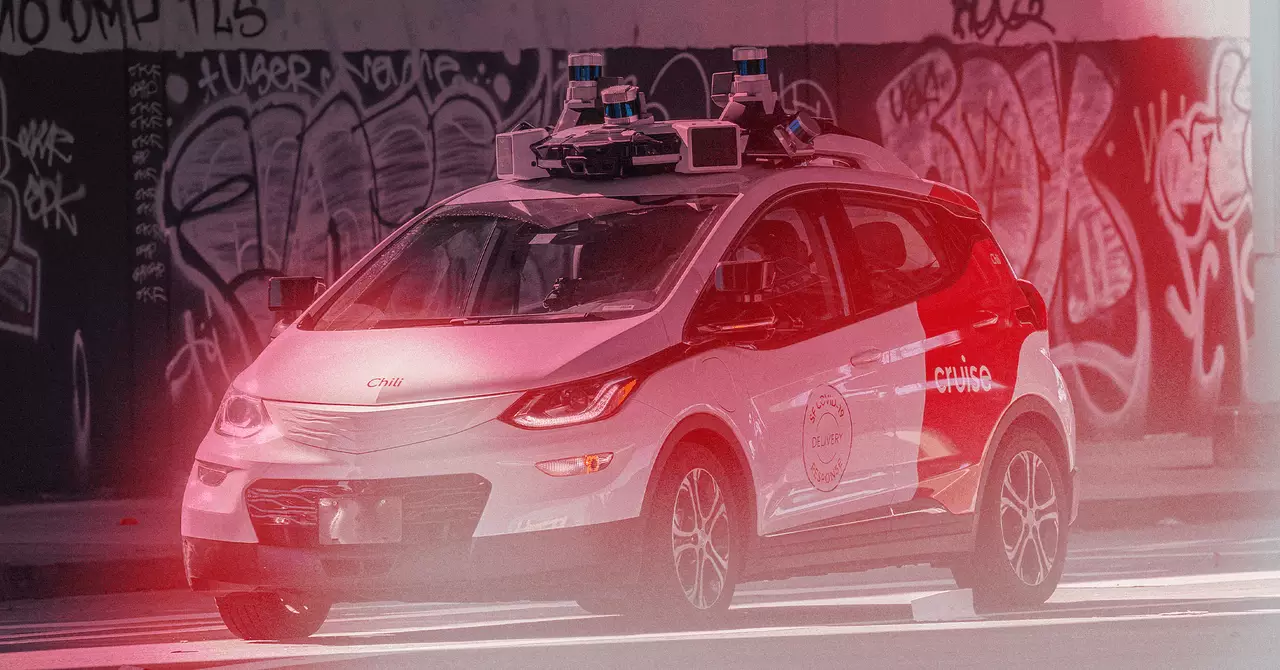For years, the promise of autonomous vehicles has fueled both excitement and skepticism, with companies pouring billions into the dream of completely driverless taxis. However, recent developments reveal that the industry’s approach is evolving—moving from an exclusive focus on passenger transport to a more pragmatic, technology-driven strategy aimed at refining driver assistance systems. General Motors (GM), a major player in this field, exemplifies this shift. Despite pulling the plug on its ambitious Cruise robotaxi service after notable setbacks, GM is quietly leveraging its existing vehicle fleet for a new, more refined purpose: improving and deploying advanced driver-assistance features.
Instead of abandoning its investments entirely, GM is repurposing vehicles—mounting sophisticated sensors and lidar equipment on old Cruise test cars and deploying them on highways with trained human drivers onboard. This approach signals a strategic pivot away from the risky, costly race to fully autonomous ride-hailing and toward incremental, safety-oriented technology progression. GM’s activities, observed recently on roads around the San Francisco Bay Area and other locations, demonstrate an astute understanding of the importance of iterative testing and real-world data collection to perfect autonomous and semi-autonomous systems.
Turning the Past into a Future Asset
GM’s transition reflects a nuanced understanding of current market dynamics and technological realities. The company’s once-ambitious autonomous ride-hailing project, Cruise, faced a stark reality following a pedestrian accident that cast doubt on its safety and viability. Regulatory hurdles, public scrutiny, and high operational costs compelled GM to wind down its pilot program. However, what might seem like a retreat is, in fact, a carefully calculated regrouping—using the existing fleet as a training ground to enhance driver-assist technologies that have a broader and more immediate impact.
By repurposing vehicles like the Bolt hatchback with lidar setup—bearing the mysterious “Mint” label—GM demonstrates that the data accumulated from these high-tech testbeds can be channeled into making everyday driving safer and more efficient. It’s a clever pivot: instead of discarding the hardware and software developed over years, GM is transforming it into a foundational element of their Super Cruise system, which today boasts notable adoption rates among consumers. This strategy underscores a growing industry consensus that the true value of autonomous vehicle technology lies not solely in complete self-driving, but in the incremental improvements that make driving less stressful, more automated, and safer.
The Broader Industry and GM’s Unique Position
GM’s approach highlights a broader industry trend. While Tesla, Waymo, and Amazon’s Zoox push headlong into fully autonomous capabilities, GM recognizes the practical benefits of incremental innovation. Its focus on driver-assistance features—which help drivers stay in lanes, change lanes safely, or activate emergency brakes—serves as both a stepping stone toward full autonomy and an immediate value-add for consumers.
Furthermore, GM’s strategic labors target the mid-term evolution of vehicle technology. Enhanced driver assistance can mitigate human error, reduce accidents, and lay the groundwork for eventual full autonomy when the industry is ready. GM’s investment in refining Super Cruise, already popular among many drivers, aligns with a more pragmatic, safety-oriented philosophy: build incremental trust with consumers and regulators before launching fully autonomous systems at scale.
What’s particularly insightful about GM’s new approach is how it leverages existing assets—vehicles, sensors, and software—in a new context. Their active testing on highways and in urban environments signifies an ongoing, although behind-the-scenes, commitment to pushing the envelope of vehicle intelligence. In a way, GM’s covert evolution is more impressive than the flashy headlines of fully driverless ride-hailing—because it suggests a sustainable, realistic path toward genuinely smarter, safer cars.
Implications for the Future and Industry Leadership
GM’s pivot invites a broader reflection on the future of autonomous driving: the race is less about instant perfect solutions and more about building robust, layered technologies. For consumers and industry stakeholders, this phased approach promises safer roads and more reliable vehicles, gradually integrating autonomous features into daily life.
In the long run, GM’s activity demonstrates a pragmatic acknowledgment that full autonomy remains a lofty goal—it’s a marathon, not a sprint. The company’s dedication to improving driver-assistance systems, by repurposing and upgrading existing assets, showcases leadership grounded in realism and strategic foresight. The industry should take note: true progress lies in blending innovation with practicality, ensuring that technological advances translate into tangible benefits rather than costly, untested dreams.
This resourceful utilization of older testing fleets hints at a future where autonomy isn’t merely about driverless taxis but about smarter, safer cars that enhance human driving rather than replace it outright. GM’s nuanced stance and ongoing efforts emphasize that the smartest move is one rooted in continual improvement and adaptive design—principles that will ultimately shape the next chapter of automotive innovation.

